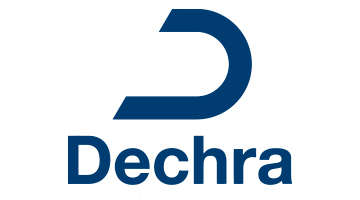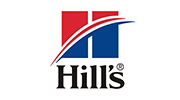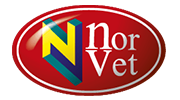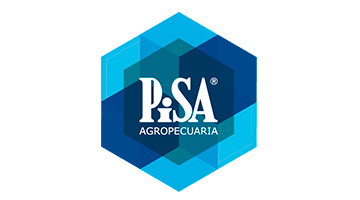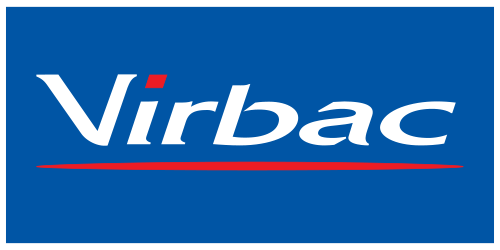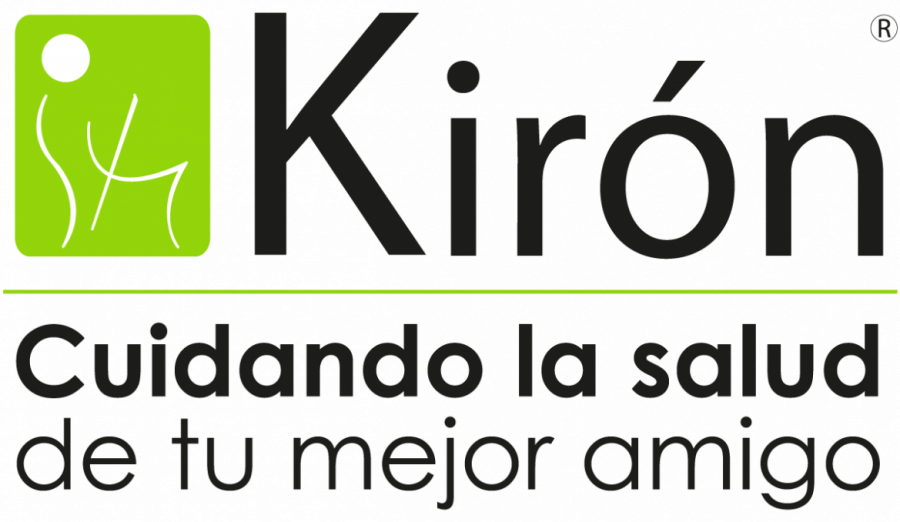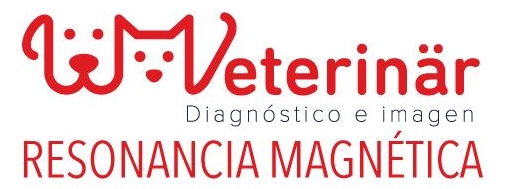Tips para el tratamiento del cólico en caballos
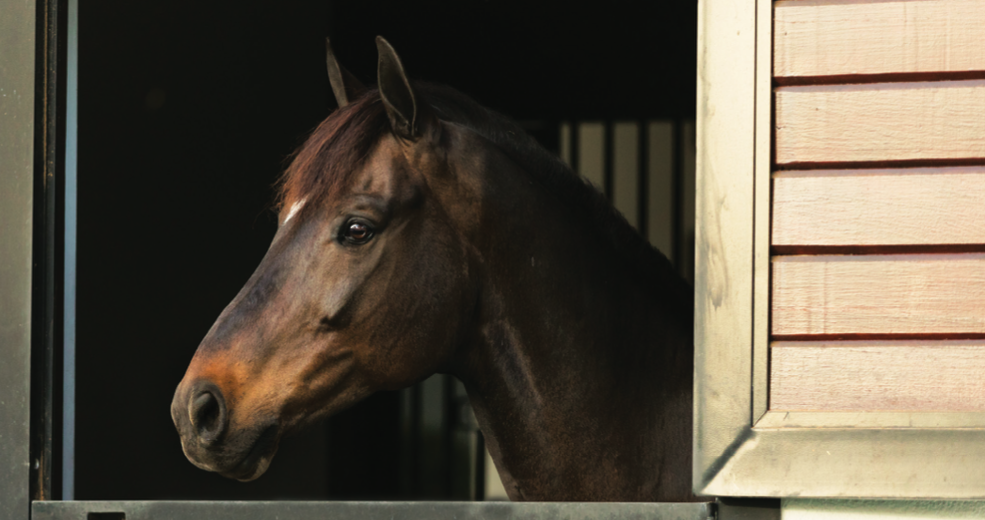
Colic is scary. Behind old age, colic is the number two cause of death in horses. Colic is not actually a disease itself but a symptom of something amiss inside the horse that is causing abdominal upset and pain.
While there are many types of colic and many different risk factors associated with each type, the majority are correlated to nutrition and the general diet. Learn about the top 10 management tips that can help prevent colic from occurring.
Nutrient Support for Colic-Prone Horses
Saccharomyces cerevisiae, Saccharomyces boulardii and glutamine are beneficial to support general digestive integrity. All can be found in Platinum Performance® GI and Platinum Balance®.
Platinum Gentle® can be a useful when helping horses through a temporary stressful situation — leaving a buddy, a trailer ride or a new place.
1. The Perfection of Pasture
Horses on full turnout colic less than horses that are not allowed to graze in a natural setting. Grazing on pasture is the most natural way for horses to eat. Pasture grass is full of vi- tamins, minerals, fiber and is naturally hydrated to move digesta through the gastrointestinal tract at an ideal rate of passage.
2. Hay: The Next Best Thing
Emulate a natural grazing diet by providing a forage source at all times to preserve gut integrity and motility. Even horses that are overweight or easy keepers should have hay in front of them as much as management allows, possibly using a slow feeder. Steady access to forage has a multitude of health benefits including the
management of gastric ulcers (extremely common in horses, espe- cially those fed a high grain diet). Consistent feeding of hay allows for consistent digestion, which the horse’s digestive system is de- signed to thrive on.
3. Mobility = Motility
Daily exercise and movement is needed for a properly functioning digestive tract, especially during cold winter months, as stall con- finement is a causative factor for colic. Horses were designed to move regularly throughout the day at low impact intervals. Daily Low Impact Movement: Turnout, hot walker, riding, hand walking, hand grazing, turnout in an arena or round pen, lunge line.
4. Feed Grain in Moderation
Most types of colic are linked to grain consumption because it is not an ideal food source. Feeding too much in a single meal is linked to carbohydrate overload and hindgut acidosis. Feeding old, rancid or tainted feed can contain various toxins that will cause digestive upset. Most horses can maintain weight and meet nutri- ent requirements on a diet of quality forage from hay and pasture. For horses that require supplemental grain to hold weight or to support exercise requirements, break feedings into smaller meals several times a day, never exceeding 4 lbs of grain or concentrates in a single serving.
5. Make Changes Gradually
Feeding the same amount and types of feed, at the same time of day, is important. The hindgut has a delicate microflora population that thrives on consistency. Abrupt feeding changes can disrupt the balance of hindgut microflora and possibly kill off the important bacteria, fungi and protozoa that are in charge of digest- ing much of the fiber. This can cause excess gas or motility problems associated with colic. Make changes — new grains or concen- trates, hay types or pasture — gradually over 10-14 days. If shipping or moving a horse, send feed along the trip to allow a chance to acclimate.
6. Healthy Hydration
Research shows that horses without access to water for as little as one to two hours have an increased risk of colic. Water intake and gastrointestinal (GI) hydration are necessary for normal gut motility. The high water content in pasture grass naturally hy- drates the gastrointestinal tract and aids in digestive motility. As hay is basically dehydrated grass, horses will consume much more water on hay-only diets. A general rule of thumb is horses consum- ing 20 to 25 lbs of hay daily will require at least 8 to 12 gallons of water for normal, healthy digestion.
7. Daily Salt Intake
Salt satisfies sodium and chloride requirements and is a powerful thirst stimulant. Place salt blocks or loose salt under cover outside so precipitation does not wash it away. If a block does not seem to be utilized, add 2 tablespoons of table salt per day to a horse’s feed in ambient conditions to satisfy requirements and encourage drinking. More salt or an electrolyte supplement may be necessary in hot, humid conditions or whenever the horse is sweating above maintenance.
8. An Annual Wellness Exam
Research shows preventive veterinary care can improve a horse’s long-term wellness and influence the rate of serious medical condi- tions, such as colic. A veterinarian needs to do physical exam and will most likely take the horse’s vitals, check body condition, give seasonal vaccinations, do a dental exam and take a fecal sample to evaluate the horse’s fecal parasite load in order to administer the most effective deworming protocol. This general husbandry prac- tice done on a yearly basis may reduce the risk of colic.
9. Nutrients for Colic-Prone Horses
Health benefits of pre- and probiotics are well documented within the intestinal tract and include increased nutrient digestibility and feed efficiency. Supplementation with Saccharomyces cerevisiae and Saccharomyces boulardii can offer digestive and immune sup- port in the GI tract. Glutamine helps maintain healthy intestinal cells, reduces the permeability of the GI tract to pathogens and im- proves the immune response. Anxiety and stress can cause horses to go off feed, disrupting their normal routine. A variety of detrimen- tal gastrointestinal tract changes can result. A calming formula with magnesium and theanine can help during times of stress.
10. Know What’s Normal
Being prepared and knowing what are normal vital signs for an indi- vidual horse can be critical when faced with colic. Being able to take a horse’s vital signs, if you can do it safely, is valuable. The normal temperature range (adult) is 99.5-101.5°F. The normal respiratory rate is 12-20 breaths/minute. Normal range for a pulse is 30-42 beats/minute. Under the horse’s lip, the gums should be moist and pink. If they are tacky or red and take longer than 2 seconds to refill when pushed with a finger that is not normal. If anything seems abnormal, call your veterinarian.
Colic Signs to Watch for
- An increased respiratory rate
- An elevated pulse rate
- Flank watching
- Lack of appetite
- Stretching as if to urinate
- Tacky gums
- Attempting to roll or roll- ing (sometimes violently)
- Little or no passing of manure
- Restlessness
- Pawing
- Sweating







